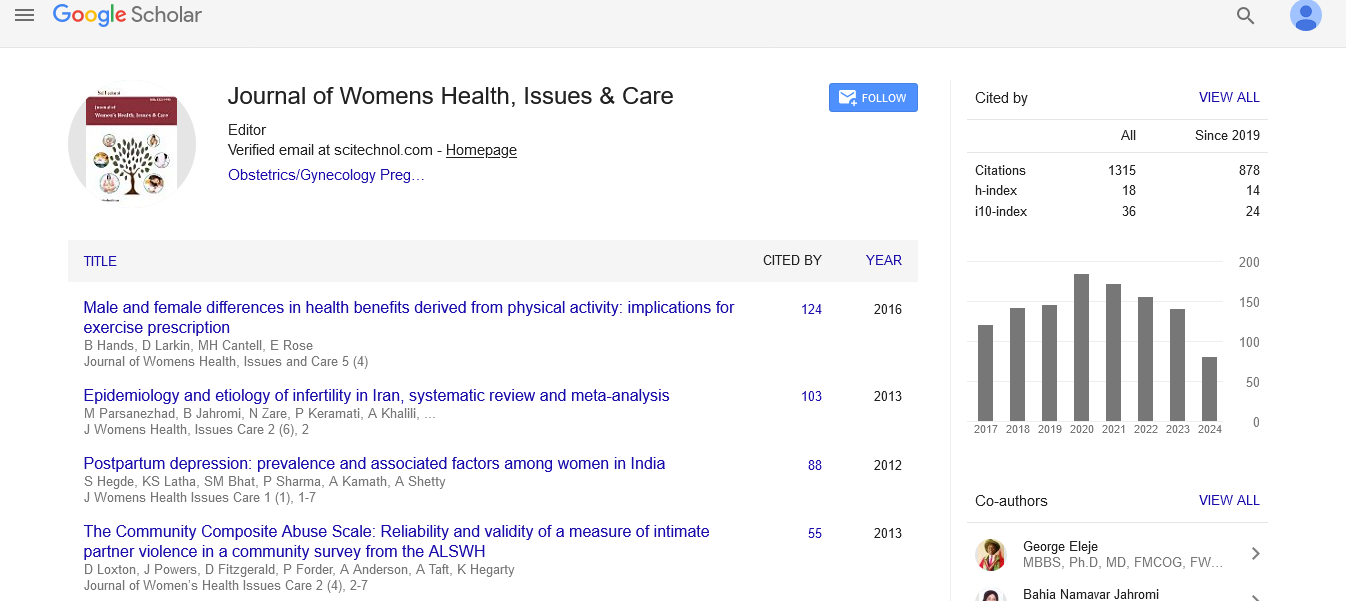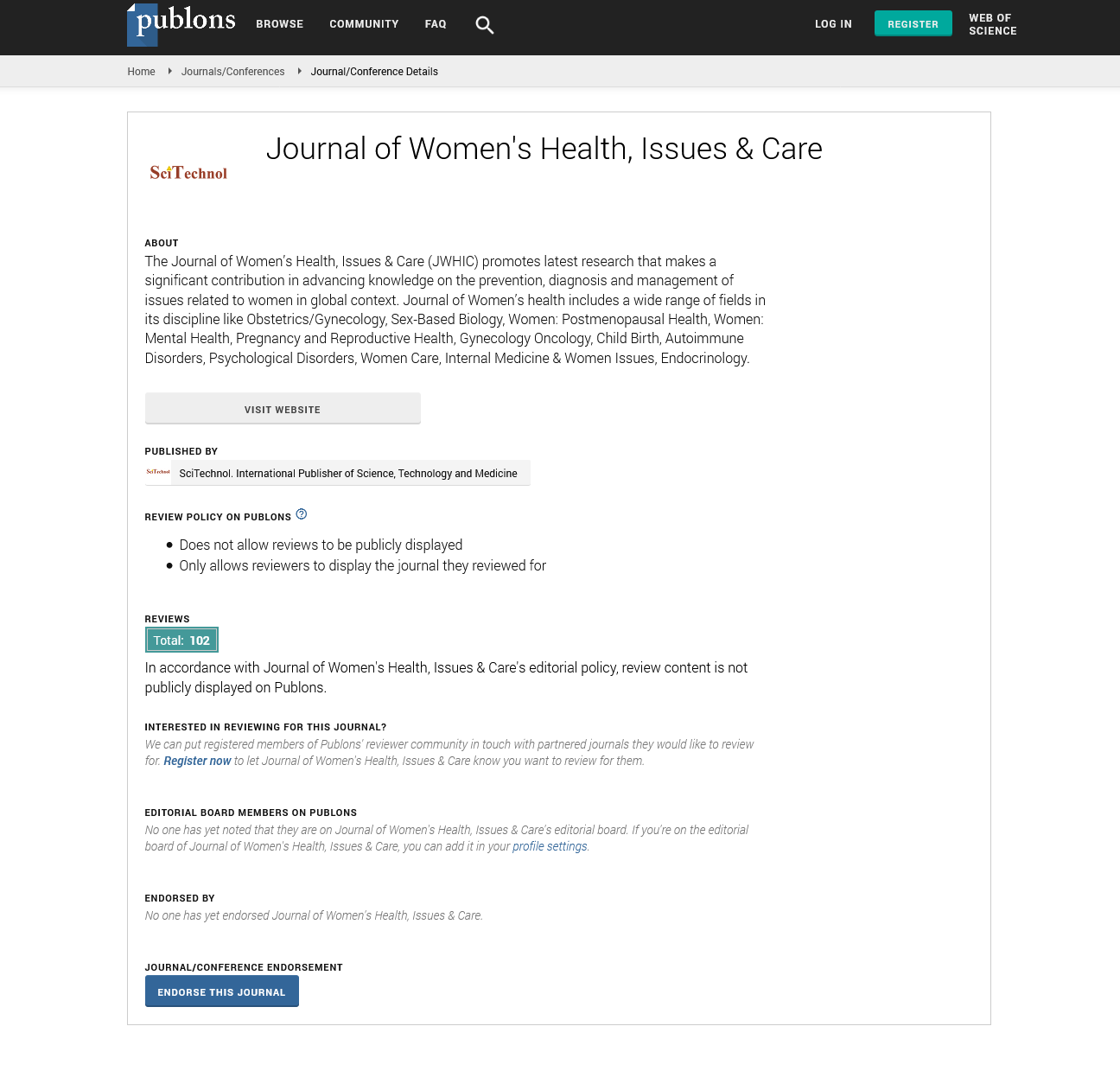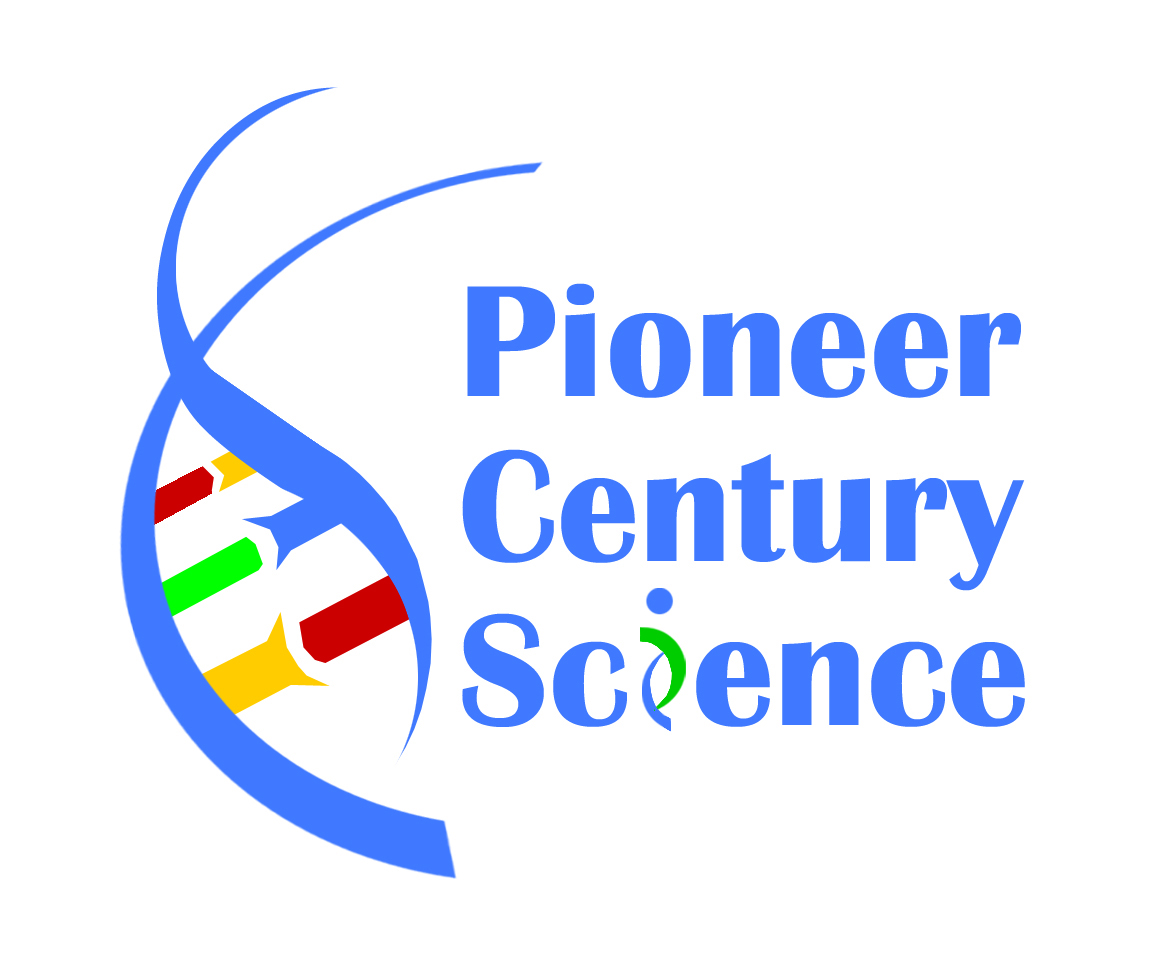Opinion Article, J Womens Health Vol: 13 Issue: 2
Diagnostic Approaches and Management Strategies for Osteoporosis in Women
Paul Wagner*
1Department of Health Services, University of Washington, Seattle, USA
*Corresponding Author: Paul Wagner,
Department of Health Services, University
of Washington, Seattle, USA
E-mail: Wagner.paul@gmail.com
Received date: 27 March, 2024, Manuscript No. JWHIC-24-132536;
Editor assigned date: 29 March, 2024, PreQC No. JWHIC-24-132536 (PQ);
Reviewed date: 12 April, 2024, QC No. JWHIC-24-132536;
Revised date: 19 April, 2024, Manuscript No. JWHIC-24-132536 (R);
Published date: 29 April, 2024 DOI: 10.4172/2325-9795.1000495.
Citation: Wagner P (2024) Diagnostic Approaches and Management Strategies for Osteoporosis in Women. J Womens Health 13:2.
Description
Osteoporosis is a common skeletal disorder characterized by compromised bone strength and increased susceptibility to fractures. While osteoporosis affects both men and women, women are disproportionately affected due to factors such as hormonal changes, menopause, and lower peak bone mass.
Epidemiology of osteoporosis in women
Osteoporosis is a major public health concern affecting millions of women worldwide, particularly those in postmenopausal age groups. Epidemiological studies indicate that women are at higher risk of osteoporosis compared to men, with approximately one in three women over the age of 50 experiencing osteoporotic fractures. The prevalence of osteoporosis varies across populations, with factors such as age, ethnicity, and lifestyle contributing to differences in bone health.
Risk factors for osteoporosis in women
Several factors contribute to the development of osteoporosis in women, including age, genetics, hormonal changes, lifestyle factors, and medical conditions. Advanced age, particularly postmenopausal age, is a significant risk factor for osteoporosis due to declines in estrogen levels and reductions in bone mineral density. Genetic factors such as family history of osteoporosis and ethnicity also influence susceptibility to osteoporosis. Lifestyle factors such as inadequate calcium intake, vitamin D deficiency, sedentary lifestyle, smoking, and excessive alcohol consumption further exacerbate the risk of osteoporosis.
Clinical manifestations and complications of osteoporosis
Osteoporosis is often asymptomatic until a fracture occurs, earning it the moniker of a "silent disease." Fractures associated with osteoporosis commonly occur in the spine, hip, and wrist and can lead to significant pain, disability, and loss of independence. Vertebral fractures may present with back pain, height loss, and spinal deformities, while hip fractures can result in severe mobility limitations and increased mortality rates. Understanding the clinical manifestations and complications of osteoporosis is essential for early detection and intervention to prevent fractures and preserve bone health.
Diagnostic approaches to osteoporosis in women
The diagnosis of osteoporosis in women typically involves assessing Bone Mineral Density (BMD) using Dual-Energy X-ray Absorptiometry (DXA) scans. DXA scans provide a T-score, which compares an individual's BMD to that of a young, healthy population. A T-score of -2.5 or lower indicates osteoporosis, while a T-score between -1 and -2.5 indicates osteopenia, a precursor to osteoporosis. Additionally, clinical risk factors such as age, fracture history, family history, and medical conditions may be considered in fracture risk assessment tools to guide management decisions.
Management strategies for osteoporosis in women
The management of osteoporosis in women aims to reduce fracture risk, preserve bone density, and improve overall bone health. Lifestyle modifications such as adequate calcium and vitamin D intake, weightbearing exercise, smoking cessation, and moderation of alcohol consumption are recommended for all women with osteoporosis. Pharmacological interventions, including bisphosphonates, Selective Estrogen Receptor Modulators (SERMs), denosumab, and teriparatide, may be prescribed based on fracture risk assessment and individual patient factors. Falls prevention strategies and fracture liaison services are also important components of osteoporosis management to reduce the risk of fractures and their associated complications.
Conclusion
Osteoporosis is a prevalent and potentially debilitating condition that disproportionately affects women, particularly those in postmenopausal age groups. Understanding the epidemiology, risk factors, clinical manifestations, diagnostic approaches, and management strategies for osteoporosis is essential for healthcare providers to identify at-risk individuals, prevent fractures, and preserve bone health in women. By empowering women with knowledge and resources to optimize bone health, healthcare providers can mitigate the burden of osteoporosis and improve the quality of life for women affected by this condition. Further research is needed to advance our understanding of osteoporosis and develop innovative interventions to prevent fractures and promote bone health in women.
 Spanish
Spanish  Chinese
Chinese  Russian
Russian  German
German  French
French  Japanese
Japanese  Portuguese
Portuguese  Hindi
Hindi 



